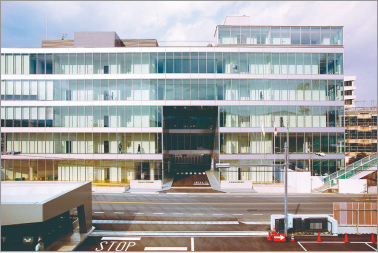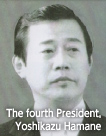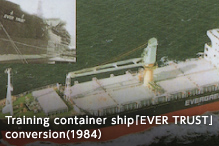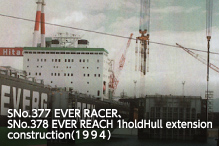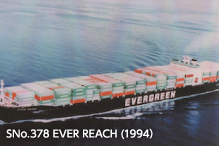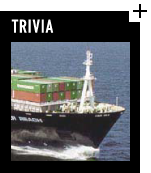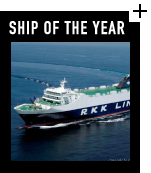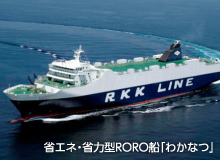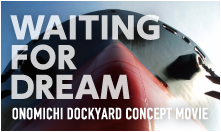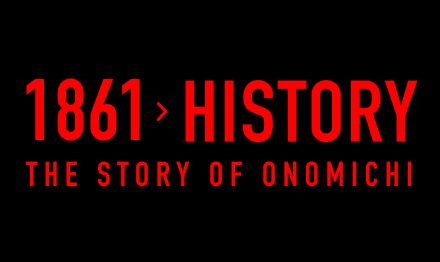BEFORE FOUNDATION
- Kishitaro, later to become our progenitor, is born on Yugeshima island
in Ehime Prefecture. - Nurturing a dream of “becoming the owner of a 10,000-ton ship”, Kishitaro enters the service of a firm in
Hakodate City, Hokkaido. - Setting up on his own, he launches the “Hamane Shoten” firm and starts selling seafood on commission in Hakodate.
- The firm enters the shipping business.
- The firm is reorganized into Hamane Shoten Co., Ltd., marking its development.
- Mukaishima Dock (Co.) is established.
- The dream comes true – he becomes the owner of a 10,000-ton ship!
- Hamane Shoten is moved to Kobe.
(The origin of today’s Head Office in Kobe.) - Kishitaro passed away at 64.
From Inland sea to Hakodate, and back.
A man staked his life on “endeavoring ventures on the sea”.
Our founding president Kishitaro Hamane was born in 1861 on the island of Yugeshima, which rises out of the Seto Inland Sea. (His birthplace was Yuge Village, now Kamijima-cho, in Ehime Prefecture.) The country was in the middle of the upheavals of the closing years of the Edo Era. In those closing years, Kishitaro passed his childhood studying diligently at a temple elementary school, where he was inspired by the words “endeavoring ventures on the sea”. Subsequently he did an apprenticeship in the city of Hakodate in Hokkaido, in the course which he learned the rudiments of business.
In 1899, he set up on his own and launched the firm “Hamane Shoten”, which sold seafoods on a commission basis. When the business was riding prosperously along, he turned his aim to making a reality of that dream from long ago – “becoming owner of a 10,000-ton ship” – and went into the shipping trade. The spirit of those founding times – “We are our ships, uniting people in harmony to transport goods well, fast and cheaply” – has been carried down to the present in unbroken succession.
His performance in the shipping business ran a smooth course. The world war that came along just at that time brought about an unprecedented boom in shipbuilding, and all the shipbuilding companies surged ahead with building new ships to the exclusion of everything else. Kishitaro needed ship repairs in his shipping business, and was obliged to start up his own shipyards that dealt mainly with repair. Finally, he had taken his first step toward shipbuilding. This would eventually lead to the ONOMICHI of today.
 In the 11th year after starting out in the shipping business, Kishitaro became what he had longed to be – the owner of a 10,000-ton ship. Not long after, in 1925, he reached the end of a life of 64 years. It had been a whole lifetime of pursuing dreams and romantic visions.
In the 11th year after starting out in the shipping business, Kishitaro became what he had longed to be – the owner of a 10,000-ton ship. Not long after, in 1925, he reached the end of a life of 64 years. It had been a whole lifetime of pursuing dreams and romantic visions.
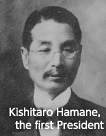
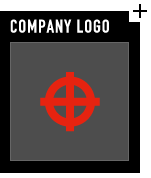

The emblem that was created as Hamane Shoten’s trademark is still in use at the present.
The meaning contained in the emblem:
The circle represents the sun.
The cross represents four letter L’s,
standing for Liberty, Love, Life and Light.
Hence, the cross emerging from the circle expresses the bold spirit of breaking boundaries and thrusting ahead.
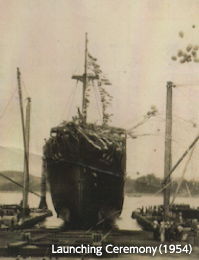 had won the government’s confidence for its technology and enthusiasm, and a shipyard exclusively for building wooden ships was set up there. That was the genesis of ONOMICHI.
had won the government’s confidence for its technology and enthusiasm, and a shipyard exclusively for building wooden ships was set up there. That was the genesis of ONOMICHI. 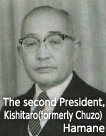
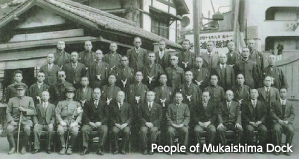
 ONOMICHI concluded a technical guidance agreement with Hitachi Zosen and moved ahead with equipment augmentation. Under the new President’s leadership, our business results grew smoothly. Behind that were our special characteristics – we standardized our various new-ship models so as to be able to handle diverse types of ships, and had the capability to take on a high-volume orders for ships of the same model, thanks to our continuous construction system.
ONOMICHI concluded a technical guidance agreement with Hitachi Zosen and moved ahead with equipment augmentation. Under the new President’s leadership, our business results grew smoothly. Behind that were our special characteristics – we standardized our various new-ship models so as to be able to handle diverse types of ships, and had the capability to take on a high-volume orders for ships of the same model, thanks to our continuous construction system.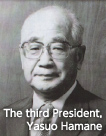
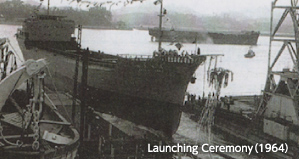
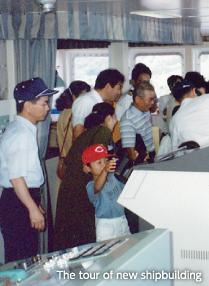 aptly the situation in which ONOMICHI was placed at that time. And ONOMICHI came back to life, in the way he expressed with the words quoted. Time and again, through cost-cutting, computerization of production systems, equipment expansion to cope with larger ships, and other moves, we have surmounted the critical situations that have arisen.
aptly the situation in which ONOMICHI was placed at that time. And ONOMICHI came back to life, in the way he expressed with the words quoted. Time and again, through cost-cutting, computerization of production systems, equipment expansion to cope with larger ships, and other moves, we have surmounted the critical situations that have arisen. 
